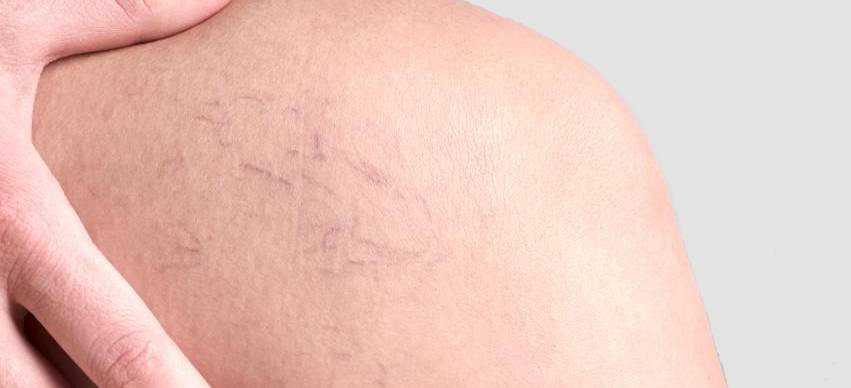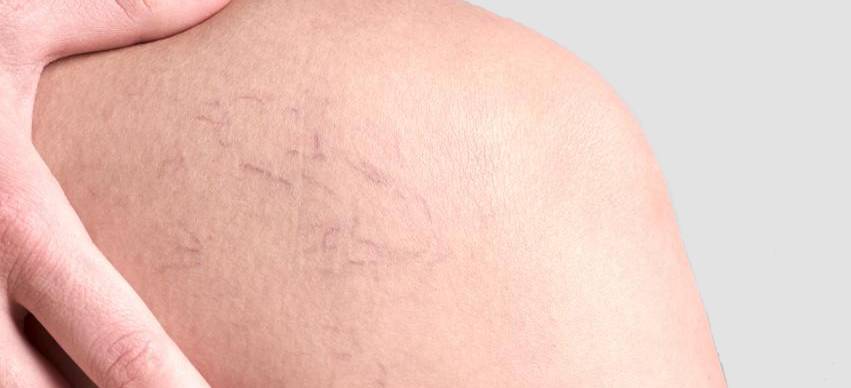Microplastics in Humans: Understanding the Risks and How to ..
8 Min Read


Varicose veins are a common condition affecting 30% - 40% of adults. They develop when the veins become swollen and twisted. The common symptoms of varicose veins are pain, discomfort, and unsightly bulges. If you are one of the many people who suffer from varicose veins, it is essential to understand the causes and treatments to manage them. This article will explore the causes of varicose veins, their symptoms, and different treatment methods.
Varicose veins are swollen veins that protrude from the skin and are often blue or purple. They occur most frequently in the legs but can also occur in other parts of the body. Veins are the part of the circulatory system responsible for returning blood to the heart. However, in the case of varicose veins, the blood flow becomes restricted, causing the veins to bulge.
If you are concerned about varicose veins, seeking medical advice is important. A vein doctor can help you know the treatment options available for your condition. According to a vein doctor in Queens, “While some individuals think that varicose veins are just a cosmetic concern, varicose veins can bring severe complications if left untreated.”
Several factors contribute to the development of varicose veins. Some of these factors include:
Genetics
If your parents or other relatives have had varicose veins, you may also be more likely to develop them.
Age
The valves in our veins deteriorate as we age. Changes in the vein structure can cause blood to pool and increase the likelihood of varicose veins.
Gender
Varicose veins are more common in women compared to men. This is primarily due to hormonal changes during pregnancy and menopause.
Obesity
Carrying more weight puts additional pressure on your veins. Higher pressure makes the veins more likely to be swollen and twisted.
Lack of Movement
Sitting or standing for extended periods can cause blood to pool in your legs. This increases the likelihood of varicose veins.
Some common symptoms of varicose veins include:
Varicose veins can cause dull, aching pain in your legs. Pain especially worsens after standing or sitting for an extended period.
Your legs may feel swollen, heavy, or tired, especially at the end of the day.
Varicose veins can cause discoloration, dryness, and itching of the skin.
In severe cases, varicose veins can cause ulcers on your legs. This condition can be painful and challenging to heal.
If you have varicose veins, you can do several things to manage your symptoms and prevent further complications. Try the following tips:
Visit a vein doctor
Several medical treatments are available to treat varicose veins. The most popular methods are those that are minimally invasive, such as:
These treatments have many benefits, such as less pain and shorter recovery time. However, in severe cases, patients may require surgery. Your doctor can help determine which treatment is proper for you.
Compression stockings exert controlled pressure on the legs. Wearing these garments can help improve blood flow and reduce leg swelling.
Avoid the use of high heels
High heels put additional pressure on the calf muscles and reduce the muscle pump function. The increased pressure can disrupt blood flow and raise the chances of blood accumulating in the veins. If you must wear high heels, limiting the time you spend on them is recommended.
Exercise regularly
Regular exercise can help improve blood circulation in your legs, reducing the likelihood of varicose veins.
Diet
Eating a balanced diet can help you maintain a healthy weight. Limit your intake of salt, sugar, and processed foods. Also, fiber-rich plant foods help reduce your risk of developing varicose veins.
Elevation
Elevate your legs for brief periods throughout the day to reduce swelling and improve blood flow.
Seek mental health support
Varicose veins can also affect mental health. People can feel anxiety, depression, or low self-esteem due to the appearance of varicose veins. You must seek professional treatment if you're having trouble coping with these feelings.
Stress is a significant risk factor for developing cardiovascular disease, so finding ways to relax is important. The following techniques can help to reduce stress and promote relaxation:
Making connections with people going through similar experiences can help cope with varicose veins' emotional and physical effects. Support groups can offer a safe and supportive environment to share your feelings and experiences.
Varicose veins can be a painful and unpleasant condition. However, you can take steps to manage your symptoms and prevent further complications. Small and simple changes in your lifestyle will help you improve the condition of your varicose veins. If you have varicose veins, do not hesitate to contact a doctor to learn about available treatment options. Avoid future complications and improve your lifestyle today!